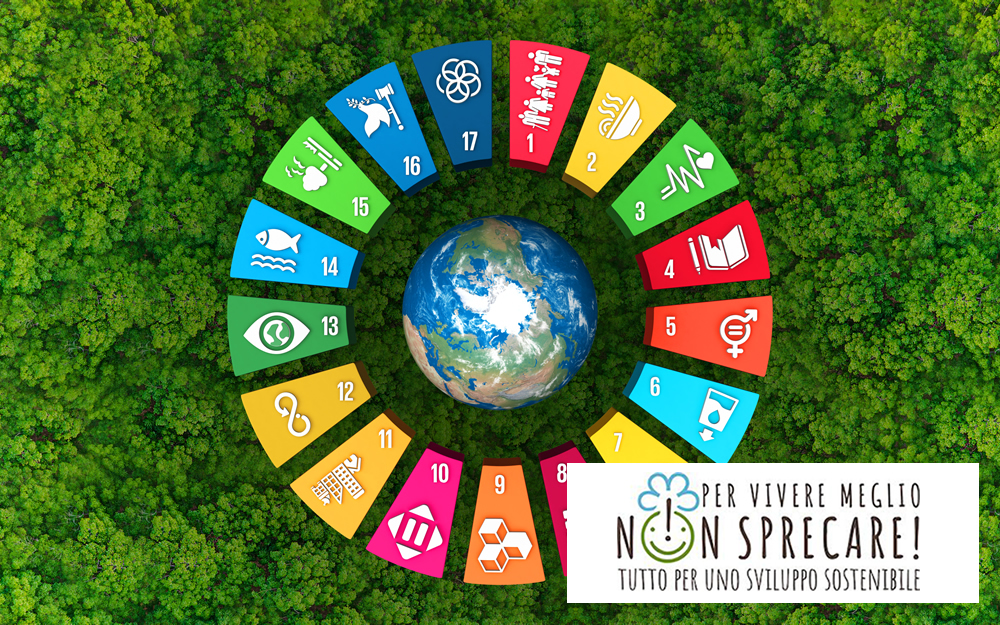- Home /
- Green solutions /
- Smart city: what is it and what are its characteristics
Smart city: what is it and what are its characteristics

Over recent years the term 'smart city' has become increasingly common. But what actually is a smart city? What improvements does it bring to citizens, and what are the 10 main features a city must have in order to qualify as 'smart'? Let's find out.
Smart city definition
The term ‘smart city’ refers to a set of strategies aimed at connecting and optimising a city's public services and infrastructures. Specifically, the Treccani encyclopaedia talks about “urban planning strategies related to innovation,” whose ultimate aim is to improve citizens' quality of life. The Smart City is not simply an intelligent city: it is an innovative, efficient, sustainable and interconnected city.
The smart city model
The development of a Smart city is based on 10 main pillars, which constitute the very principles of sustainable urban development.
1. Smart governance
City administration is smart when it is people-centred. A smart city's most precious resource is its inhabitants and the network of connections that exists between them.
2. Smart economy
The economy of a smart city is collaborative and participatory. In the smart city model, innovation and sustainability go hand in hand not only with economic development, but also overall well-being.
3. Smart environment
One of the results of smart city development is that public and private buildingsbecome more efficient. The waste cycle becomes virtuous. Circular economy becomes predominant in the management of all the smart city's assets.
4. Smart people
Along with the concept of smart governance, participation from the ground-up becomes crucial in a smart city. The city's inhabitants are given a central role, they are listened to and included. Society becomes truly participatory and attentive to the needs of all; nobody is left behind.
5. Smart living
Daily life becomes more efficient, safer and smarter. Health, education and safety are assured for all.
6. Smart mobility
Smart mobility solutions are already being adopted by many cities: we are talking about the mobility of the future, in the form of shared or electric mobility. Public and private transport become more sustainable, favouring less polluting solutions and promoting shared and green mobility.
7. Smart Automatic Parking Systems
Smart parking systems are essential for a Smart City. By monitoring free parking spaces in real-time, less pollution, CO2 emissions, and fuel consumption will be produced.
8. Smart Charging Stations
When talking about the future of mobility, it is impossible not to mention low environmental impact electric cars and the charging stations that are essential to power them.
9. Smart Energy
A fundamental reality for the production of solar energy in homes and for heating buildings: new green technologies to save the planet.
10. Smart Environment
For the reduction of environmental impact, the environment must also become smart. Today it is possible to monitor the use of available resources and air pollution through practical smart sensors.
The 3 Most Advanced Cities in Italy
From digital transformation to sustainable mobility, from energy management to green spaces, from air and water protection to waste disposal: here are the 3 smartest cities in Italy!
The Best Smart City in Italy: Milan
One of the best European cities for sustainability and quality of life, Milan has experimented with new intelligent mobility systems such as car sharing, bike sharing, and electric scooters; electric mobility, in fact, has been considered a priority and one of the plans is to introduce at least 1,200 electric buses by 2030.
Architecture plays a fundamental role, like the Vertical Forest: a building equipped with artificial intelligence and innovative materials that insulate it from the cold and protect it from the heat.
Even from an administrative point of view, Milan is projected into the future: the municipality has integrated city networks to ensure efficient digital governance. Municipal information, access to certificates, fines, and tax notes are available to citizens; it is also possible to enroll children in school in a smart way.
Florence
The second smart city in Italy is Florence. The initiatives of digital transformation and sustainable mobility have led to the installation of 179 public columns for electric vehicles. Economic stability, education, and civil participation are three other fundamental qualities of this intelligent city.
Bologna
In 2012, Bologna launched a real investment project to enhance cultural heritage, e-care, e-health, and urban development. A smart city dedicated to increasing energy efficiency, sustainable waste management, and sustainable mobility, including bicycles, e-car sharing, and electric vehicles.
Waidy: the App that makes water smart
The Smart City model is based on these ten pillars, creating an intelligent city where responsibility is shared and society is fully participatory and inclusive. Many cities in Italy and in Europe are already taking various steps in order to move ever closer towards this model. Indeed, it is precisely in this context that Acea Waidy Wow was born - the app that makes fountains, ‘nasoni’ (the public drinking fountains of Rome) and water supply kiosks smart. With Acea Waidy Wow, one tap will display the nearest place you can quench your thirst and fill your bottle. Moreover, by scanning the QR code on drinking fountains and water supply kiosks, you can access the history, stories and fun facts behind our precious water resources. Last, but definitely not least, and in the spirit of promoting shared responsibility, the app enables you to promptly report any breakdowns or malfunctions, thus ensuring that every citizen can contribute to the protection and monitoring of our water resources. Aspiring to the Smart City model is an advantage for everyone, because a smart city boasts more efficient organisation, making it more environmentally friendly and reducing the burden of costs on its citizens.
















